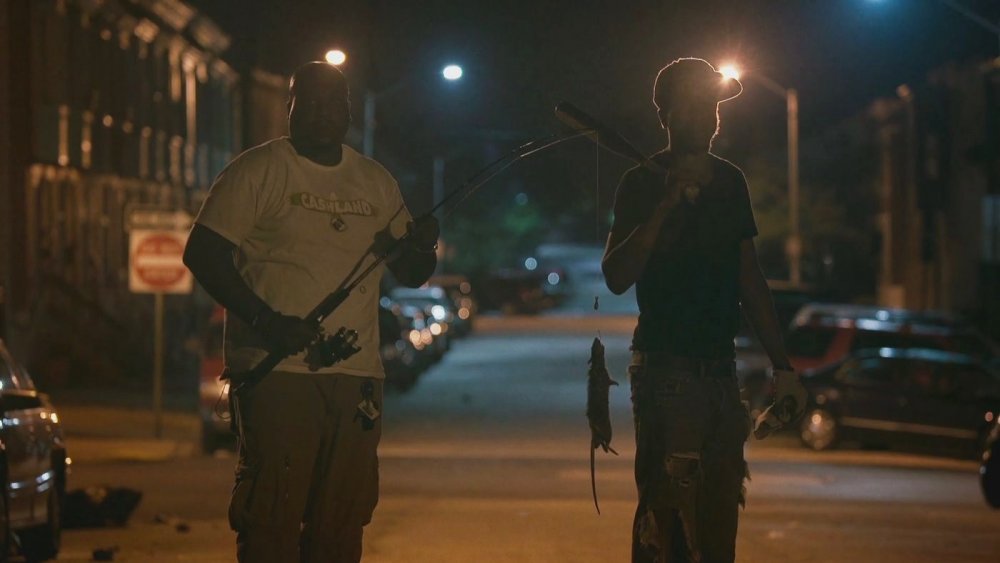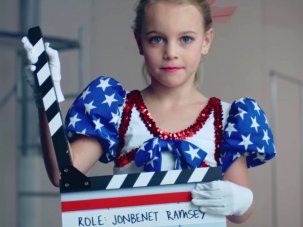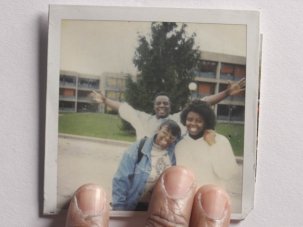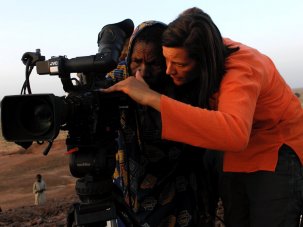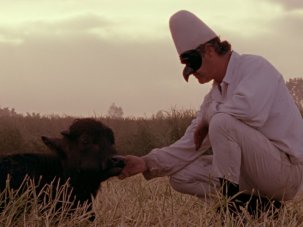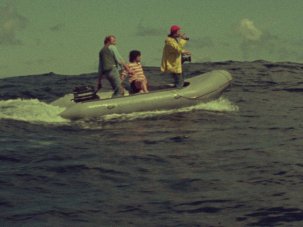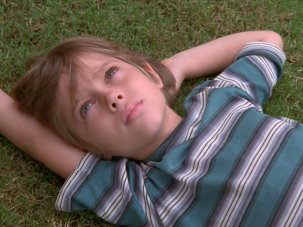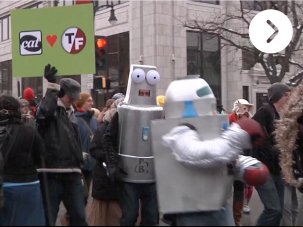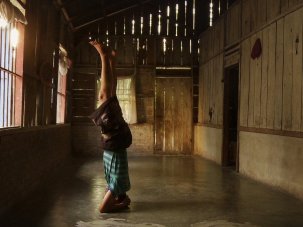The 1,200 seats of the Missouri Theatre filled twice over on the opening night of this year’s True/False Film Festival. The cult Midwestern doc showcase is no stranger to big crowds, having increased attendance almost every year since its debut in 2004, but the packed houses that greeted this year’s Thursday night selections were especially significant for what they signalled in aggregate – namely how far the festival has come in its mission to broaden the scope of documentary mainstream.
True/False 2017 ran 2-5 March around Columbus, Missouri.
For the third year running, True/False kicked off with a blandly accessible favourite from the Sundance Film Festival’s US Documentary programme. Step follows a group of teen girls at a Baltimore charter school as they prepare for a decisive step-dance competition in the twilight of their senior year. Bought by Fox Searchlight for north of $4 million, a portion of which will fund scholarships for each of the film’s 19 subjects, Step is a feel-good exercise in abstract and practice, if a frustratingly cluttered directorial debut from Broadway producer Amanda Lipitz.
A blistering opening montage intercuts a Black Lives Matter protest with one of the girls’ routines to slickly establish step – and by extension, Step – as a vibrant spectacle with a political edge. Sadly, such thematic clarity is soon lost in a narrative jumble that fails to deliver the economy (or the energy) of the millennial dance movies – Drumline, Step Up, Save the Last Dance – from which the film takes its structural cues. Nonetheless, Step is an archetypal opening night film, untaxing in its journey towards an unequivocally positive outcome.
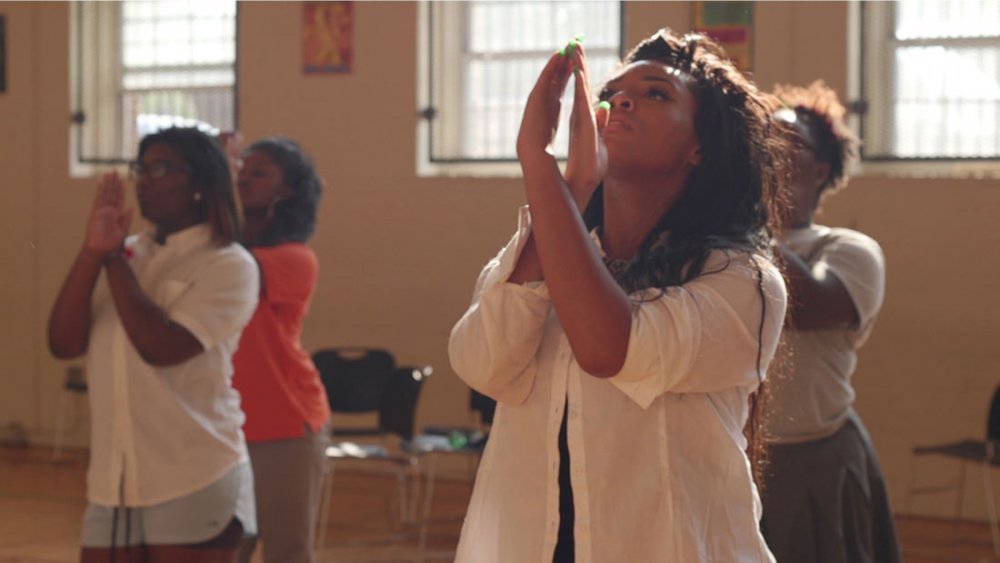
Straight outta Sundance: Step follows Baltimore schoolgirls’ progress through a step-dance competition
Considerably more radical was the film for which a second crowd amassed outside the theatre that night, in lines soon joined by a sizable chunk of Step’s audience. Theo Anthony’s soon-to-be-cult essay feature Rat Film is also set in Baltimore, and like the film that preceded it, it too could be called ‘cluttered’, though where Step lays on its disparate elements like a family of four packing up a boot fair, Rat Film offers the deliberate chaos of a Pollock drip painting, in which each seemingly random stroke combines to form an electric, polyphonic whole.
Anthony began work on the film by accident, after returning home one night to find a rat scrabbling to escape his trash can. He whipped out a camera and shot what became the inspiration for – and a key component of – Rat Film, which premiered at Locarno last August. Building on this sinister clip, the film collects together an array of (mostly rodent-related) stories and character studies to indict Baltimore’s toxic history of racial subjugation and class division.
As we’re lulled into a minor fugue state by Maureen Jones’s icy voiceover performance and Dan Deacon’s freaky, fractious score, we meet rats housed in model cities, rats stalked by amateur rodent hunters wielding fishing lines and baseball bats, and rats born only to be frozen and fed to snakes. It’s a shrewd focal point for an examination of social division, for reasons both literal (rats thrive in poor living conditions) and figurative (centuries of animal testing have taught us to think of them, on some strange level, as kindred spirits).
At the same time, you get the sense a similarly intoxicating film could have been made with any other thing at its centre. In Baltimore and beyond, injustice thrives when those with the power to enact change choose instead to look away. By retreating into metaphors and models, only to reveal their limitations, Rat Film turns those averted eyes damningly back on themselves.
It’s a truth universally acknowledged that filmmakers flatter their festival audiences, but Anthony seemed genuinely astounded at the sight of 1,200 people turning out on a Thursday night to watch his weirdo passion project. And though this was my third year at True/False (full disclosure: I had a short in the programme) I couldn’t help but share in his amazement. The festival has long fought to collapse the spurious divide between high- and low-brow nonfiction, bringing general audiences into the supposed margins of documentary film culture, but even then, drawing equivalent crowds for a road-to-the-finals dance movie and an elliptical essay film about rats was no mean feat.
This expansion of the documentary mainstream is not limited to the festival’s hometown of Columbia, Missouri. In the UK, the kind of films championed at True/False are more accessible than ever, thanks in large part to the broadened horizons of Britain’s primary nonfiction distributor, Dogwoof (whose recent releases include Alma Har’el’s LoveTrue and Kirsten Johnson’s Cameraperson, both T/F alumni). Meanwhile, newer distributors like nascent powerhouse Altitude regularly release both fiction and documentary, and, crucially, do so without positioning the latter as a lesser discipline. The impression, from a cinema-goer’s perspective, is of a levelled playing field, in which a ticket for My Scientology Movie is money no better or worse spent than a ticket for Moonlight.
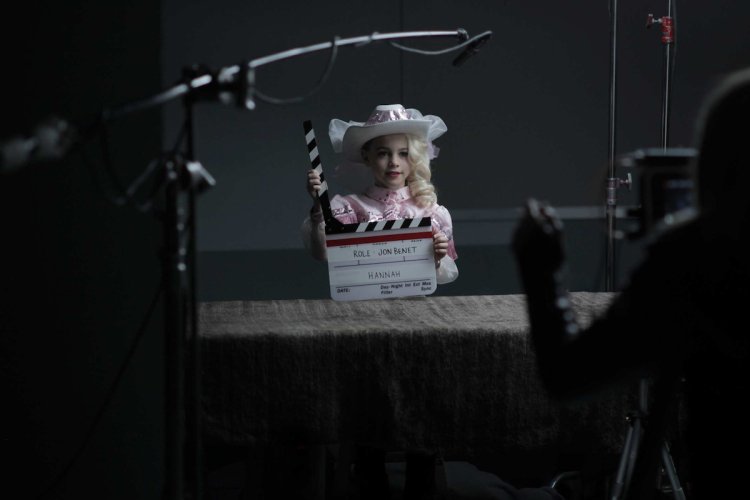
Proudly non-traditional: Kitty Green’s self-investigative Casting JonBenet
Some resistance endures. At Sundance this year, the justifiable hype surrounding Kitty Green’s Casting JonBenet, a formally daring meditation on community and conjecture, quickly gave way to speculation as to whether the film would be rewarded by the US Documentary jury. As the sole film in competition liable to be rejected by unimaginative jurors as ‘not a documentary’, Casting JonBenet became a litmus test for the current state of a festival that’s been slow to move beyond an understanding of nonfiction defined primarily by verisimilitude. Ultimately, Green’s film walked away with nothing, while a number of more traditional films were rewarded. Step received the borderline condescending honour of a ‘Special Jury Award for Inspirational Filmmaking’.
Such an outcome should be unsurprising at a festival so reliant on categorisation. At Sundance, labels like ‘World Narrative’ and ‘US Documentary’ aren’t just markers of origin and form – they’re established modes of filmmaking, refined over time and tricky to uproot. Titles in the World Narrative competition are typically more sombre than their American counterparts, while the US Documentary competition has traditionally been dominated by finger-on-the-pulse issue films. Juries are not blind to these tendencies, and their decisions tend to reinforce rather than subvert them, mirroring the festival’s image back at itself.
By contrast, True/False has no competition, no jury and no distinct strands within its programme. The festival’s offerings intermingle in a single alphabetised list, their conflicting styles and stories thrown alongside one another en masse. Audiences, not innately inclined to categorise and classify, take a cue from this approach and gamely explore all areas of the line-up – not just the pockets specifically catered to them. The result is cinema stripped of its implicit delineations: viewers aren’t made to feel bad for seeing Step, nor permitted to feel superior for seeing Rat Film.
Film festivals are in a unique position to push for this kind of change, because their audiences are, at least to some extent, already committed to exploring the unknown. Festivalgoers place their faith less in any one film or filmmaker and more in the festival itself, so programmers have an extraordinary freedom to challenge received wisdoms about what is and is not mass-market. While some squander this opportunity, ghettoising ‘difficult’ films into sidebars and late slots, True/False demonstrates that films normally reserved for the sidelines can just as easily occupy centre stage.
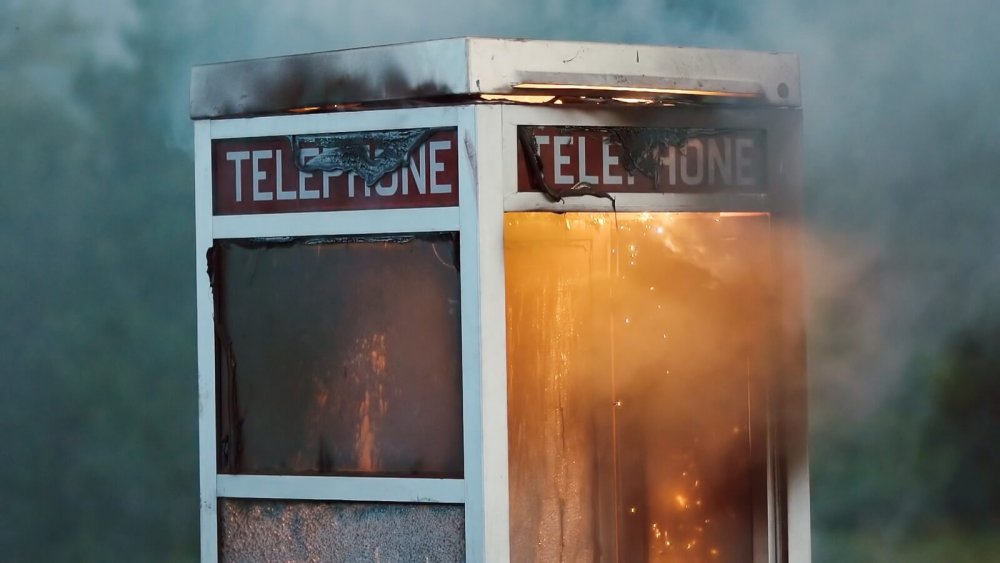
Frank Heath’s not-so-rarified short gallery film The Hollow Coin
Documentary mainstream, then, is a malleable thing – so it should hardly register as a surprise that the most engaging film I saw at True/False was not only a short, but a gallery piece. Frank Heath’s The Hollow Coin is a rapturously funny, restlessly probing tale of deception, disappointment and the politics of public space, told entirely through the medium of a prank call. Across 12 too-short minutes, Heath has an actor call a payphone complaint hotline to report the loss of a hollowed-out dime containing a mysterious SD card. As the conversation descends into farce, the film blossoms into a time-frozen daydream, combining the slow-motion elegance of a Bill Viola installation with the comedic timing of a Fonejacker skit.
The Hollow Coin has only occasionally been shown outside of a gallery context, and given the economic basis of artists’ moving image, which favours scarcity over scale, it’s unlikely to become widely available any time soon. Nonetheless, it won over a general audience in a heartbeat, as so many avant-garde works might, if permitted to shed their associations and step into a less rarefied environment.
If such films are normally seen as esoteric, it’s not necessarily because they lack a broad appeal. On the contrary, freed from the staid conventions of documentary orthodoxy, they’re often the most bracingly direct in their approach. Strong Island combines a number of striking techniques to document director Yance Ford’s chronic grief over the unprosecuted murder of his brother William in 1992. Two devices are especially striking: an overhead shot of Ford holding and examining family photographs, and a chiaroscuro close-up of his face as he addresses the camera head-on, commanding viewers to take him at his word. These techniques, though superficially unusual, draw plainly on human experience – which is more than can be said for even the slickest piece of expositional drone footage.
As documentary mainstream expands to contain films like Strong Island, can viewers be encouraged to expand their horizons in kind? It’s a question with which True/False continually grapples, and one that resurfaced in a recent Columbia Daily Tribune interview with festival co-directors David Wilson and Paul Sturtz. On the subject of Whose Streets?, Sabaah Folayan’s dexterous portrait of the protest movement that rose up in Ferguson, Missouri after the killing of unarmed black teenager Michael Brown by a white police officer, Wilson urged viewers who might reflexively side with law enforcement to see the film, and ask themselves why “people with jobs and families might set their lives aside and devote themselves to protesting”.
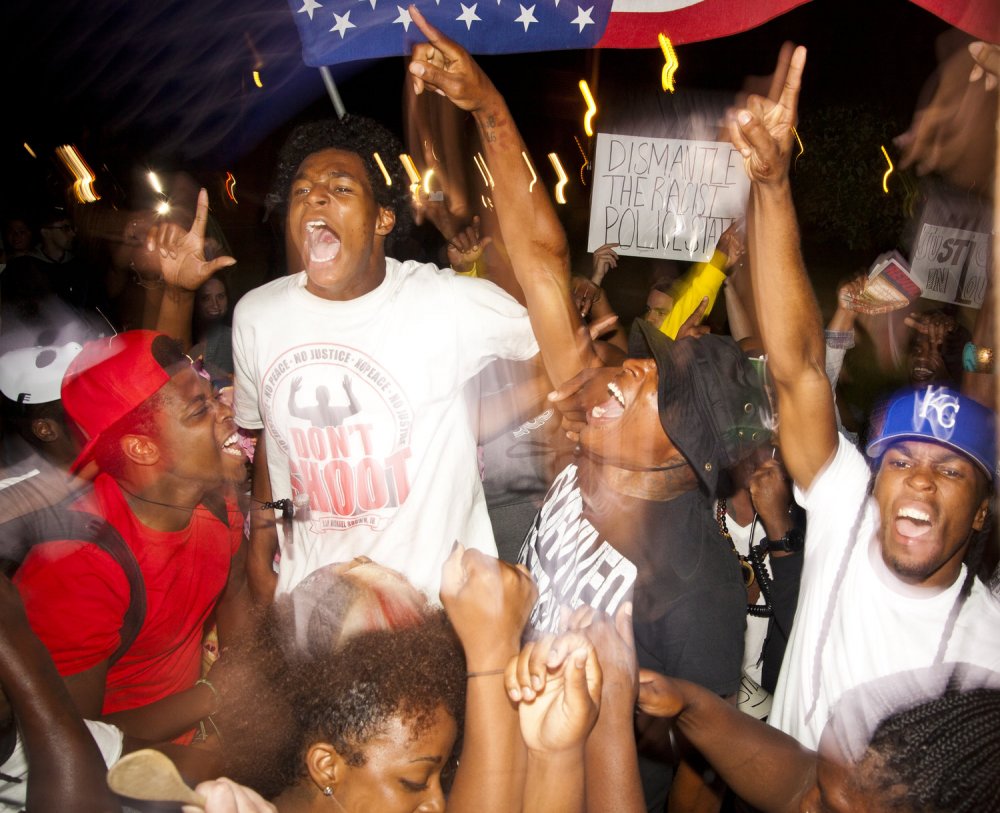
Ferguson, Missouri protesters with a cause in Sabaah Folayan’s Whose Streets?
I saw Whose Streets? at Sundance, deep inside an industry echo chamber in which the presumption of sympathy for both the protestors and their aims was absolute. The same could not necessarily be said of Columbia, given the city’s proximity to Ferguson itself and the political makeup of Missouri (Boone County, in which Columbia sits, is a small blue patch in a sea of red). Still, thousands turned out for the film’s three screenings at True/False, some perhaps responding to Wilson’s challenge.
One white Missourian I met at the festival told me quite frankly that the film had spurred within her something of a crisis of conscience, persuading her not only of the invalidity of the mantra ‘all lives matter’, to which she’d previously subscribed, but also – and I swear I’m not making this up – of the need for reparations. This is programming as a political act, and paradoxically, its power lies in being less prescriptive, not more.
True/False isn’t alone in seeking to harness this power. Though Netflix was once best known for the sheer pedantry of its categorisation (‘Swedish Comedies with a Strong Female Lead’ and so on), the streaming giant has steadily de-compartmentalised its user interface in recent years, to the extent that a subscriber may now load up the platform to see Madeline offered alongside Son of Saul, as though the two were culturally interchangeable. Where once such titles would’ve occupied opposite ends of even the most progressive of video stores, Netflix’s algorithm draws no distinction between them. Soon both Casting JonBenet and Strong Island will enter this fray, having been bought for exclusive distribution on the platform. There, they’ll be presented not as challenging works of hybrid doc-making but as mainstream propositions – much, I suspect, to their benefit.
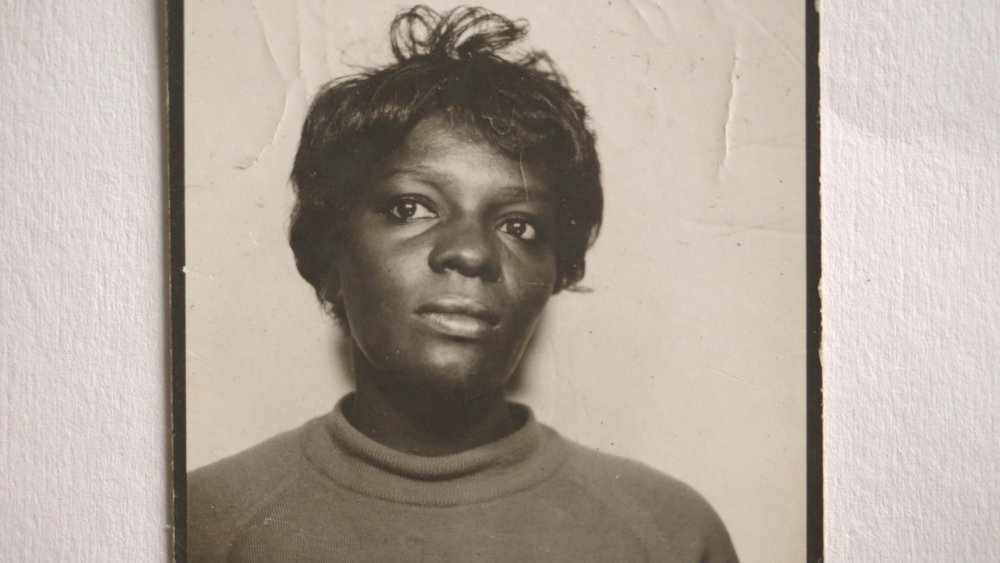
Bracingly direct: Yance Ford’s Sundance (and True/False) hit Strong Island, which like Casting JonBenet has been snapped up by a newly non-discriminating Netflix
All of which throws into question the function of a festival like True/False, which has traditionally been a place for films to shore up their artistic bona fides and position themselves at the bleeding edge of documentary. If distributors like Netflix would rather spare their films such associations, then what’s to stop them skipping the festival circuit altogether? (Netflix already forgoes the big screen experience with its more youth-oriented offerings, like last year’s teen EDM escapade XOXO, as well as its Adam Sandler comedies.)
In a 2015 interview with Filmmaker Magazine, Adam Curtis presaged this scenario by reiterating his long-held disdain for film festivals, and his confidence that the future of cinema lay in online distribution. Nonetheless, he said he’d allow his work to be shown at True/False, not because it benefitted the films in a practical sense – his last two efforts have both been made for the BBC iPlayer and, for licensing reasons, not distributed internationally – but because he personally got a kick out of the experience. As True/False continues to broaden the definition of documentary mainstream, the industry at large may come to see the festival in a similar light: not as a place to shape a film’s audience, but as an opportunity to bask within a newly shapeless mass.
-
The Digital Edition and Archive quick link
Log in here to your digital edition and archive subscription, take a look at the packages on offer and buy a subscription.




